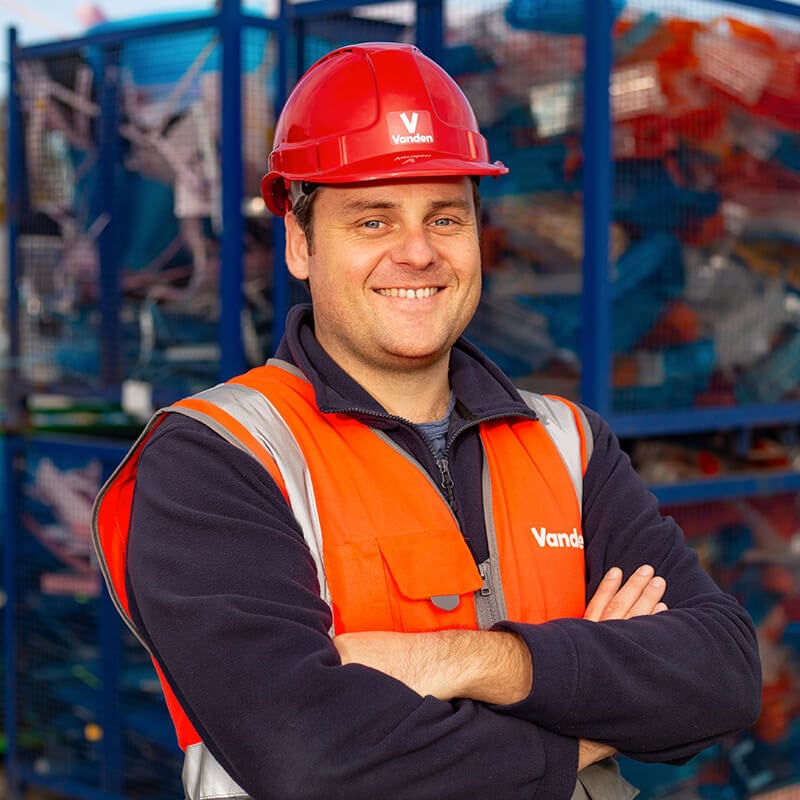The Black Plastic Packaging Forum report by RECOUP has recently been updated. The new figures propose that the volume of black plastic packaging in the UK coming into the new decade has dropped from 36,000 to 10,000 tonnes. This updated information suggests that black plastic accounts for as little as 0.7% of consumer packaging in the UK market.
RECOUP continue to campaign that ALL black plastic packaging should be recyclable by 2025 in commercial scale recycling infrastructure.
Currently the material is largely unrecycled due to the NIR systems used to sort material at recycling facilities being unable to detect black polymers and sort into a pure stream that would be required for recycling. The result is that the majority of this material is being sent to landfill, or incineration. While yes, this is positive for the post-consumer recycling sector, it has wider repercussions for the plastic recycling industry.
Black plastic has a legacy of being popular with packaging producers. It can be initially manufactured using skeletal waste, production scrap and offcuts without creating a colour that would look unappealing to consumers, ensuring that brands would continue to sell their products. The recovery rate of post-consumer black plastic packaging is so low, it is often highly contaminated and sometimes mixed with a PE sealant layer, all-in-all making the material expensive and difficult (or impossible) to recycle economically.
The reduction of the use of the material has caused issues on the ground in recycling. As mentioned above, certain grades of industrial and consumer recycled plastics were being used to make black PET trays, due to less black being used, we have found that coloured PET in the market has been greatly devalued.
However, there are a number of changes that could occur in the long term, as a result of this reduction:
- Use of natural PET will naturally increase, this could drive its price up.
- Black PET is likely to have a resurgence, as bad publicity dies down and driven by marketing. In retail, use of black and natural PET enables differentiation of premium vs. standard products.
- We expect a wider introduction of additive in black plastic, the French manufacturer Faerch made progress on this, introducing a new ‘detectable’ plastic line. Had the COVID19 pandemic not interrupted the markets, this introduction would’ve gained momentum more quickly than we will now see. We envisage that this will take some years to filter through.
- PET use is increasing, as more and more products are streamlined using one of either PET or PP. PET is in fact making inroads in packaging of consumer goods which were traditionally always made from PE or PP.
While the markets are currently adapting to a number of changes, it’s difficult to understand how the reduction will play out and manufacturers react, as a result. To further explore the latest findings from RECOUP, you can download the report here.






Tell us what you think...